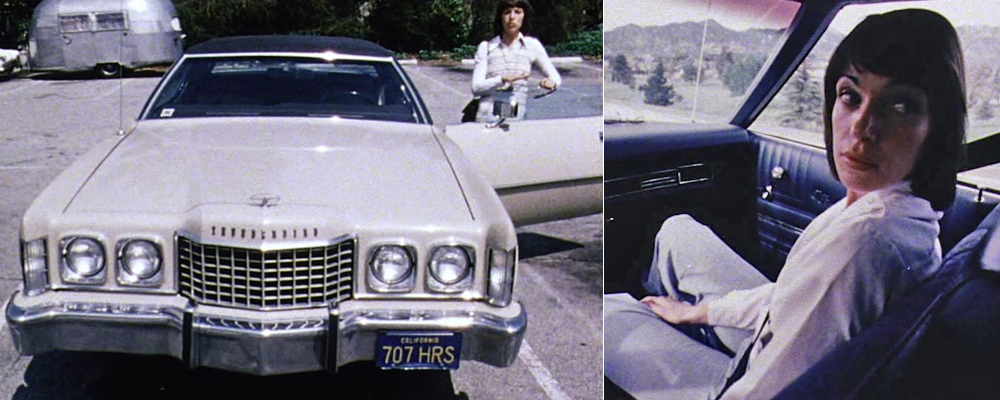David Lamelas’ ‘The Desert People’ Merges Fact and Fiction at The Hammer
Lucy Tiven
Artist David Lamelas’ “The Desert People” opens Jan. 30 at the Hammer. This fictional documentary recounts a group of people visiting a Native American reservation.
“The Desert People” (1974) is one of the first works that Lamelas completed after moving to Los Angeles in 1970. He describes the film as “a study on American film production,” a part-fact, part-fiction account of the Papago (Tohono O’odham) in southeastern Arizona.
Lamelas borrows from documentary and road movie archetypes to comment on the reliability of narrative and cultural histories and render the loss of indigenous culture.
His characters’ journeys are interrupted by documentary-style interviews; the film moves between genres as its narrative moves across the Southwestern landscape destabilizing boundaries of fact and fiction as well as the subjects and objects of anthropological study.
David Lamelas was born in Argentina in 1946. He began his career as a sculptor studying at Saint Martin’s School of Art and representing his country at the Venice Biennale with a piece on the Vietnam war. Over the course of his career, he moved away from pop-art inspired sculptural work and toward conceptual and parodic film and multimedia projects.
Lamelas now lives and works in Los Angeles, Buenos Aires, and Paris. His film works move between and beyond fact and fiction commenting on the medium and its reliability. Among the artist’s central concerns are those of time and place, stating, “Time doesn’t exist, our consciousness constructs it. Time is a fiction.”
“The Desert People” is showing at the Hammer Museum beginning Jan. 30 through June 5.



